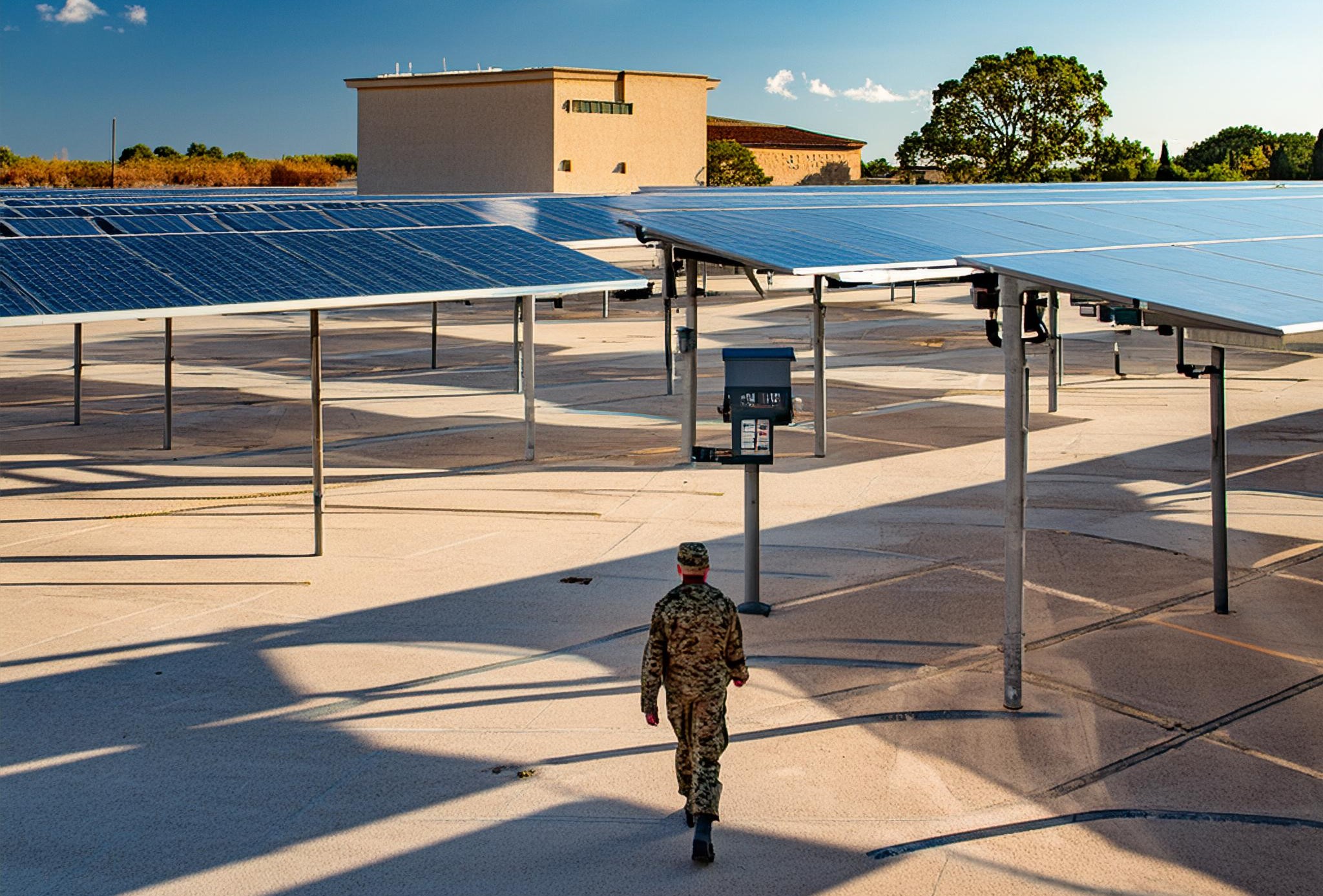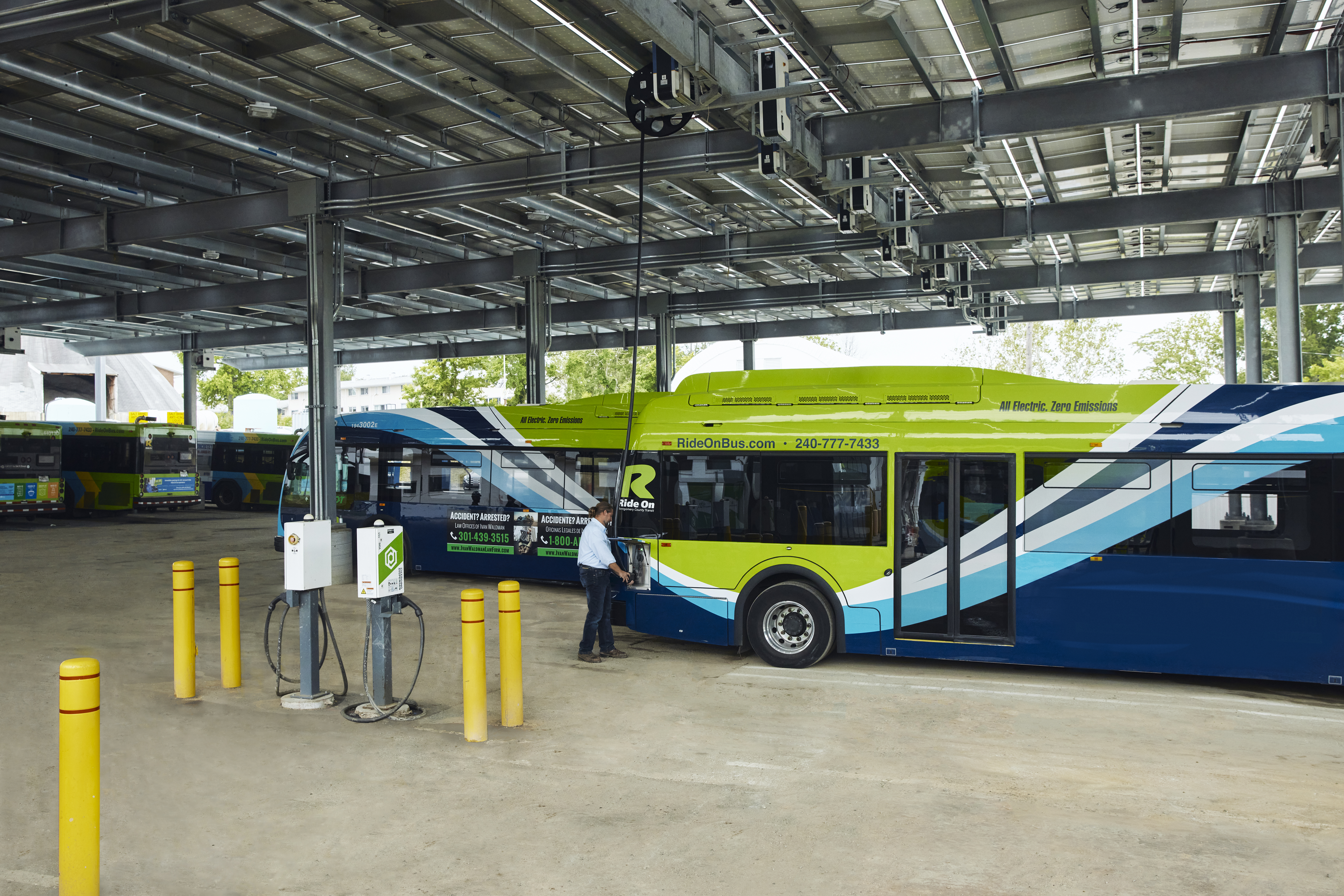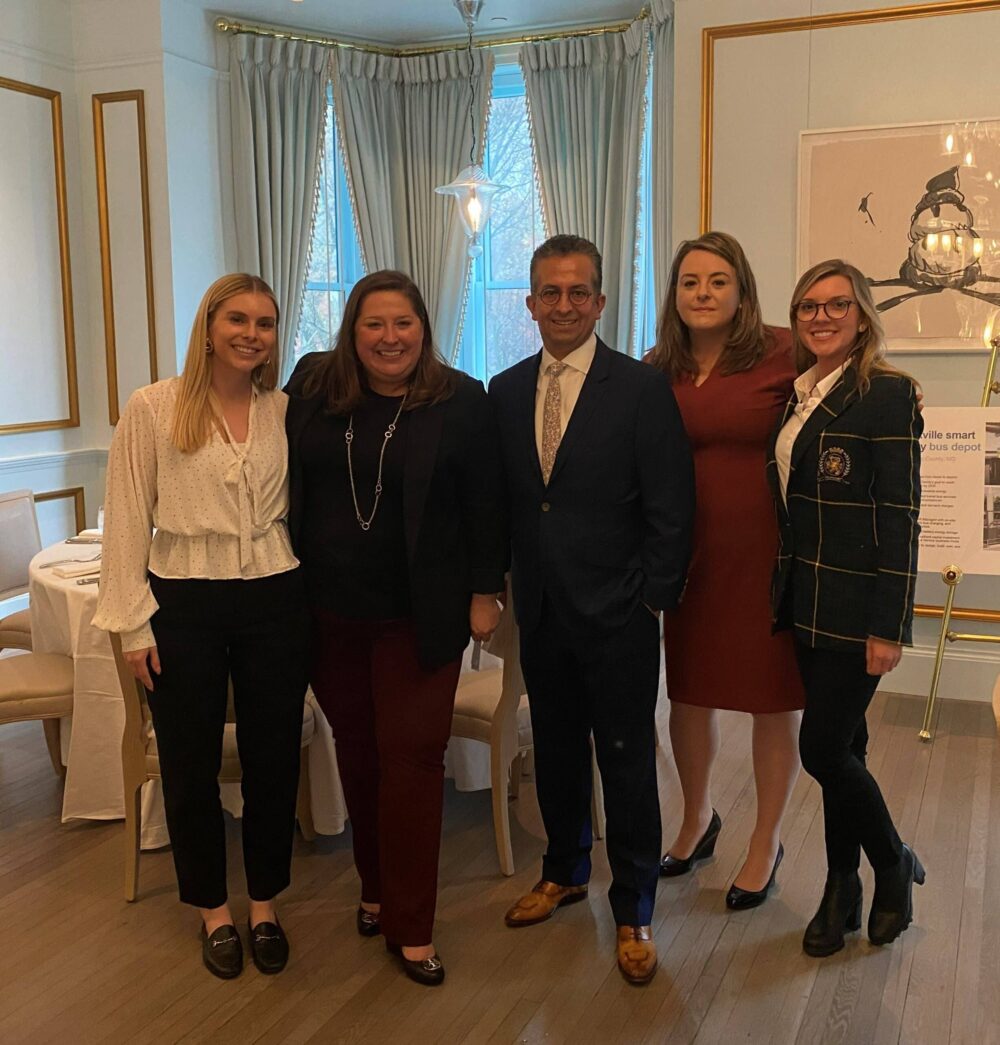It has been a busy few weeks — especially in relation to pathways to decarbonize our transportation industry. With ACT Expo, the Zero Emission Bus Conference and NYC Climate Week all happening this month alone, I wanted to share my pride in AlphaStruxure’s contributions to this transformation — the kickoff of construction of the Brookville Smart Energy Bus Depot in Montgomery County, Maryland!
The team at AlphaStruxure, along with our partners at The Carlyle Group and Schneider Electric, and officials from Montgomery County including County Executive Marc Elrich and Department of General Services Director David Dise, among many others, marked the occasion with a ceremonial groundbreaking last week. It was a powerful event that highlighted the commitment of all those involved driving towards the future of sustainable, resilient transportation.
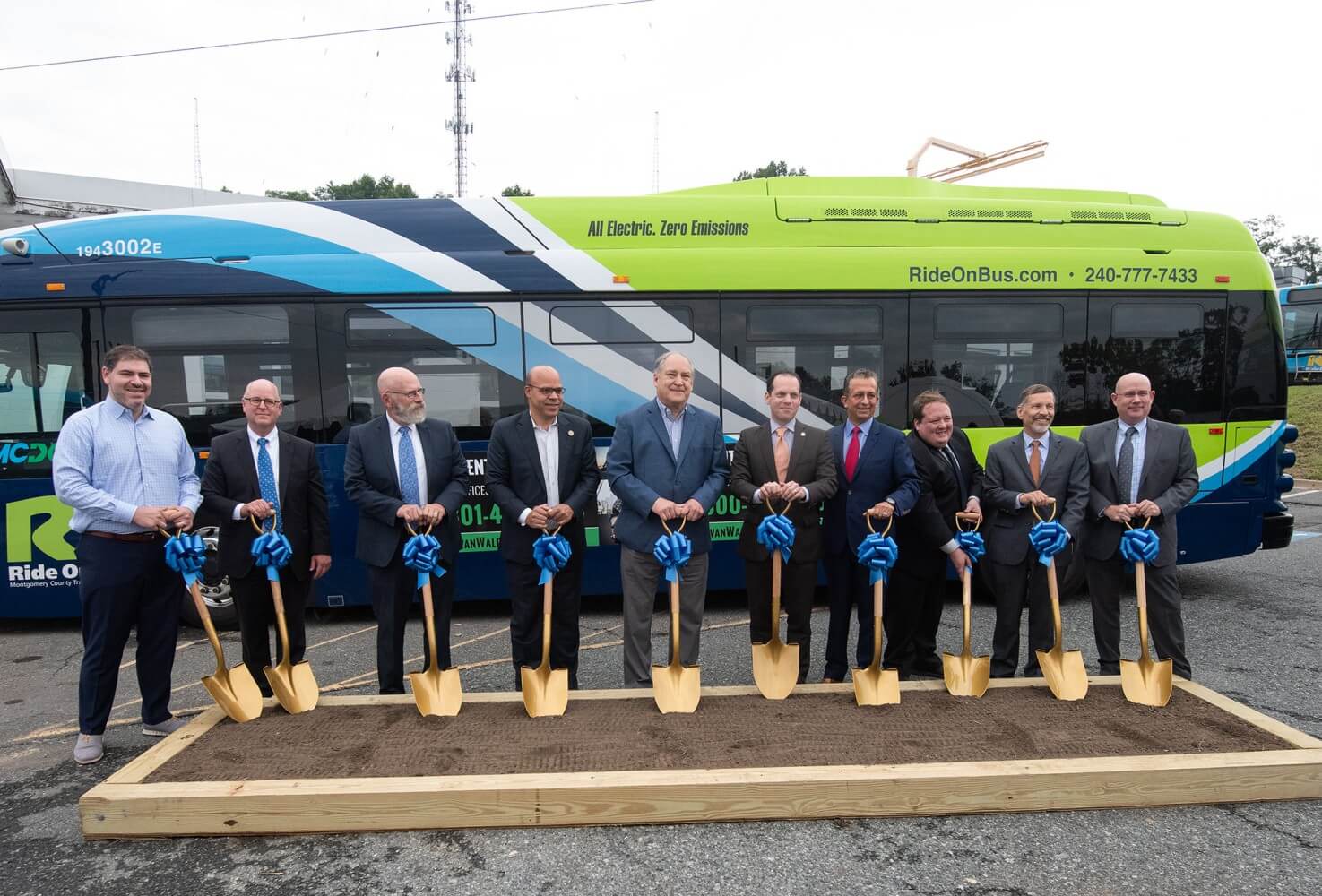
A pillar of the American economy, the transportation sector is also the single, largest contributor to greenhouse gas emissions. In line with President Biden’s infrastructure plan, we’re seeing state and local governments nationwide lay out bold electrification targets. The week before the groundbreaking, some colleagues and myself attended the Advanced Clean Transportation Expo in Long Beach, California. It was wall to wall Zero Emission Vehicles in the expo hall! The largest auto OEMs in the world were in attendance, and while it was great to see the immense progress being made in regards to availability and production capabilities for the vehicles — the transition to zero-emission fleets is still not without challenges.
Supply of advanced electric vehicles is not enough. Grid capacity constraints, the cleanliness, reliability, and resilience of electricity and funding are major obstacles in the zero-emission transition for fleet owners. Such challenges are why zero-emissions aspiring fleet owners must consider an infrastructure first approach to confidently meet their sustainability goals. An infrastructure first approach can not only help to overcome grid capacity constraints, but also help to strengthen the resilience and sustainability of the electricity supply. Additionally, funding for such an approach, including grants and incentives, can be competitive for public agencies. A public-private partnership, with AlphaStruxure for example, can address funding challenges through an Energy as a Service model — we pay for the upfront capital needed for the infrastructure.
Overcoming Grid Capacity Constraints
Realizing Biden’s aggressive net-zero targets by mid-century will require the United States to expand its transmission and distribution systems some 60 percent by 2030—and possibly triple them by 2050. As the push towards electric transportation accelerates, energy demands from public transportation and commercial fleets will soon outpace the supply of energy available through existing utility connections. Absent sound demand management strategies and time-limited EV charging tariffs, customers will feel the pressure of rising electricity costs as fleets are subject to time-of-use rates and demand charges. To achieve their resilience and sustainability goals, fleet owners and operators must first address these capacity and cost constraints.
While many are optimistic about the future capabilities of vehicle-to-grid (V2G) to help manage costs and load for an electric fleet, a key theme of the ACT Expo panel discussion I participated in is that there will be no V2G pot of gold at the end of a rainbow in the near future. The complexity and diversity of US energy markets and policy does not lend itself well to an easy ‘plug-and-play’ future for V2G. On-site energy systems (also known as microgrids), consisting of solar panels, fuel cells, batteries, and energy management software directly solve for these challenges, cost-efficiently providing the additional charging capacity required The 5.6 MW microgrid at the Brookville Smart Energy Bus Depot, for example, includes distributed energy generation, energy storage and more than 2 MW of charging capacity.
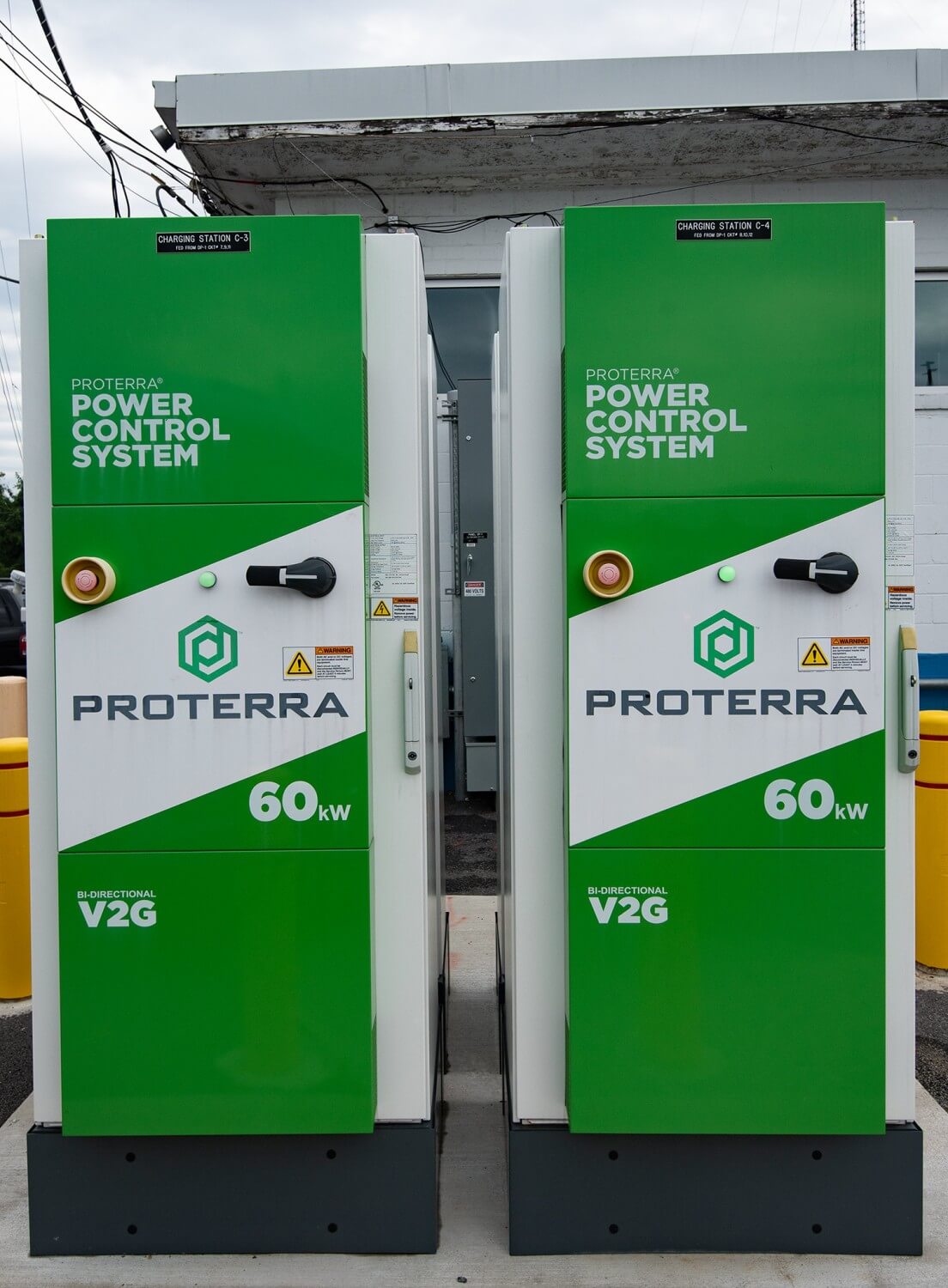
Strengthening Resilience and Sustainability of Electricity Supply
As more states and local governments take the path of Montgomery County, transit agencies must ensure their operations are resilient in the event of a weather-related or utility outage without sacrificing flexibility in operations. Last week, I attended the Zero-Emissions Bus Conference in Denver, Colorado. There, I participated in a panel regarding resilience, and one of the items discussed is the difference between power redundancy/reliability and power resilience. We don’t just want power to predictably flow during business-as-usual; we also want power to predictably flow in the face of black swans. Montgomery County saw this resilience issue in 2012 when a Derecho storm left more than 250,000 Montgomery County residents and 71 county facilities without power for multiple days. Had electric buses been deployed in Montgomery County at the time, power outages from the storm would have rendered them out of service, likely delaying recovery efforts. That is why fortifying charging infrastructure with a microgrid to provide reliable and resilient power to ensure transit service continuity in the event of extreme weather and power outages, so that residents can still get to work, schools and hospitals, is absolutely critical.
In addition to control of availability of the electron or molecule, it’s important that electric fleets are powered by as many renewable sources as possible in order to truly achieve the GHG reduction that comes with the transition away from ICE vehicles . Montgomery County and AlphaStruxure have committed to transitioning onsite gas generation to carbon neutral sources that will allow the microgrid to run on 100 percent clean and renewable energy. Even with existing natural gas fuel supply, replacing diesel fleets with 44 electric buses will reduce lifetime emissions by 62 percent, which is equivalent to 155,000 tons of greenhouse gases, significantly lowering air pollution in the community. The deployment of cleaner, decentralized energy systems that can provide power in the event of utility outages, are critical to achieving the County’s twin goals of community resilience and net-zero goals by 2035.
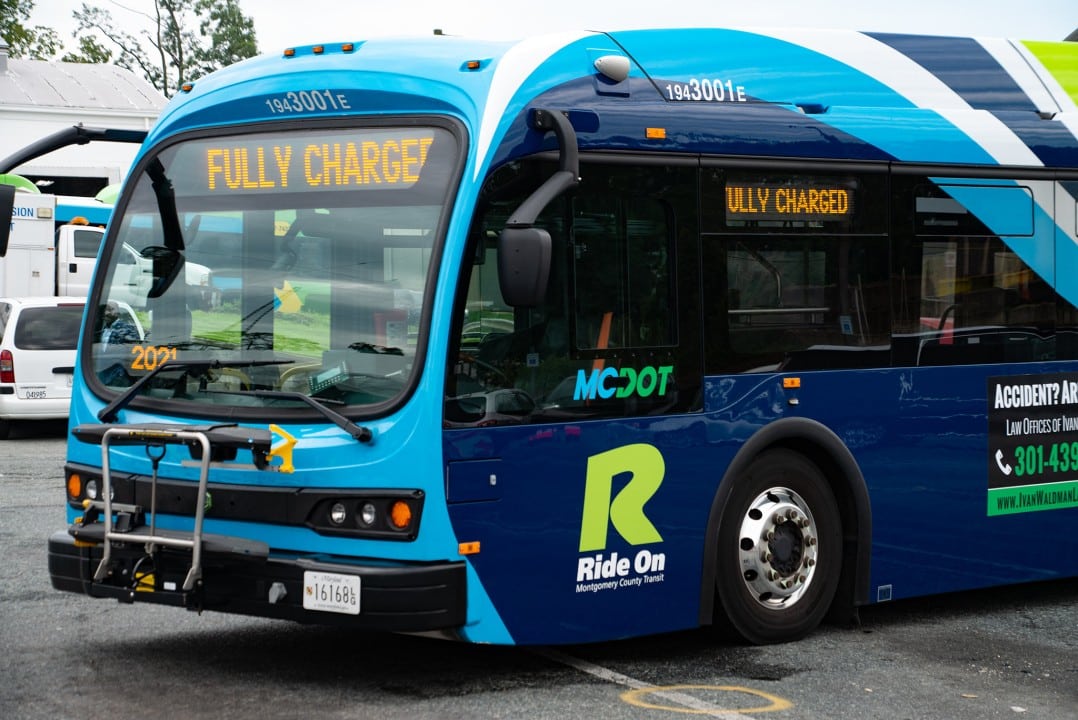
Public-Private Partnerships Help to Accelerate the ZEV Transition
Traditionally, fleet operators have only had to consider the vehicle itself as the capital investment. However, again, the key to a successful transition is an infrastructure first approach, i.e. onsite generation to ensure green, reliable and resilient fuel. For publicly-funded organizations, like Montgomery County, there is not enough funding to independently transition a fleet with an infrastructure first approach. AlphaStruxure’s Energy as a Service model funds this approach for the organization transferring the responsibility of the capex and ownership from the fleet operator to us.
AlphaStruxure’s integrated Energy as a Service approach ensures sustainable, reliable and resilient public transportation for Montgomery County’s 45,000 residents that depend on RideOn buses to go about their daily lives. Through this, our team will take on the design, build, operations and maintenance of the electric bus depot to deliver both the significant upfront capital investment for a comprehensive microgrid system + charging infrastructure, as well as end-to-end project delivery and operational support.
